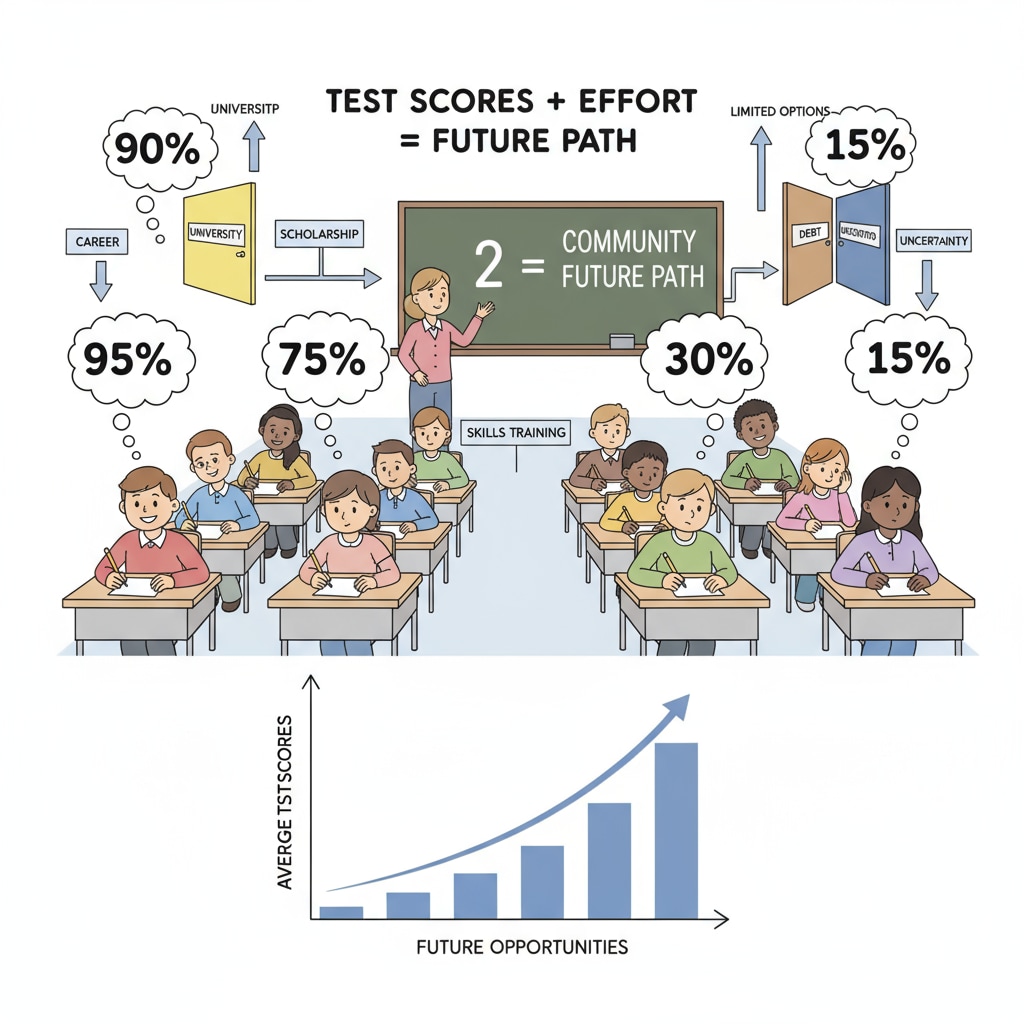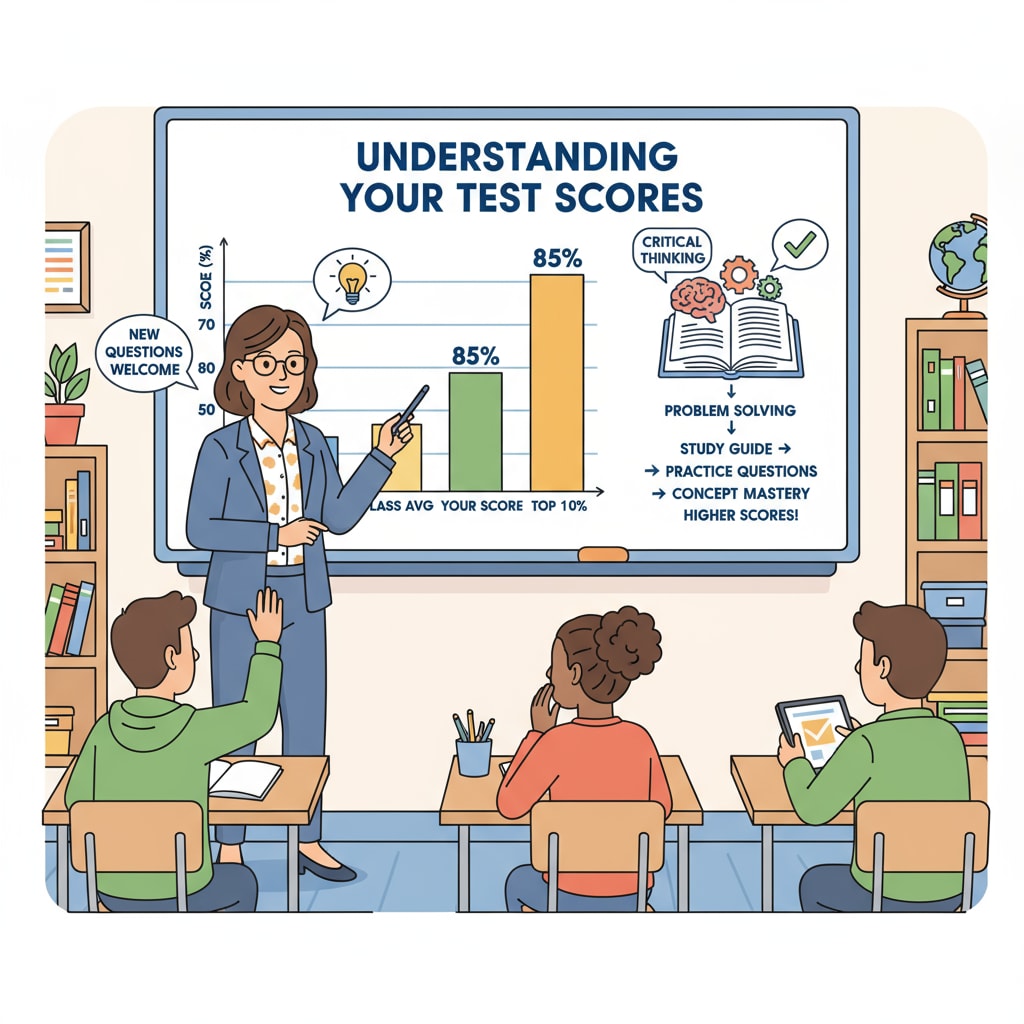“Education funding, test scores, and ‘No Child Left Behind'” have long been intertwined in the complex web of educational policies. The “No Child Left Behind” policy, a significant initiative in the educational realm, aimed to ensure equal educational opportunities for all students. However, it has inadvertently created a rift between educational funding policies and the actual quality of teaching.

The “No Child Left Behind” Policy: A Double-Edged Sword
The “No Child Left Behind” policy tied education funding closely to student attendance and test scores. On one hand, this was intended to hold schools accountable for student performance. For example, schools with high attendance rates and good test scores would receive more funding, which seemed like a positive incentive. No Child Left Behind Act on Wikipedia However, this led to an overemphasis on these metrics at the expense of true educational quality. Schools started to focus more on getting students to pass tests rather than fostering critical thinking and creativity.
The Impact on Educational Quality
As a result of this policy, the teaching methods often shifted to “teach to the test.” Teachers were under pressure to prepare students for standardized exams, leaving less time for in-depth discussions, hands-on learning, and exploration of diverse subjects. This narrow focus on test scores failed to address the individual needs and interests of students. In addition, it created a high-stress environment for both students and teachers. Education on Britannica

The current educational evaluation system, which is closely related to this policy, has also come under scrutiny. It mainly relies on test scores to measure a school’s success, ignoring other important aspects such as student engagement, character development, and real-world skills. This raises questions about the effectiveness of the evaluation system in promoting true educational excellence.
So, how can public schools, under the pressure of such funding policies, pursue real educational value? One possible path is to advocate for a more comprehensive evaluation system that takes into account multiple dimensions of student growth. Another is to focus on professional development for teachers, enabling them to better balance test preparation with holistic education.
Readability guidance: In this article, we’ve explored the complex relationship between education funding, test scores, and the “No Child Left Behind” policy. We’ve seen how the policy has influenced educational quality and the evaluation system. By using short paragraphs and highlighting key points, we aim to make this complex topic more accessible. Transition words like “however,” “in addition,” and “for example” have been used to enhance the flow of the article.


